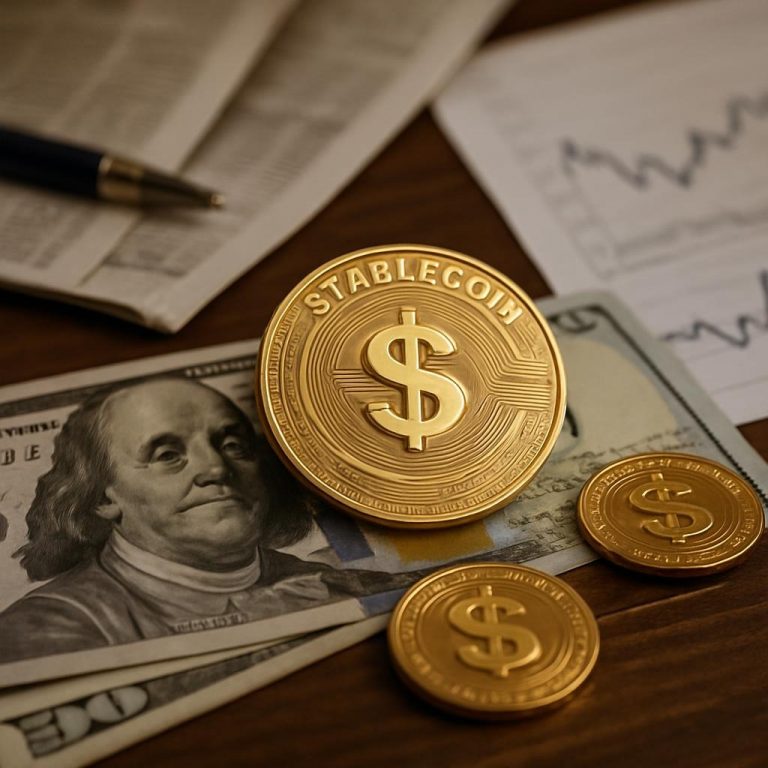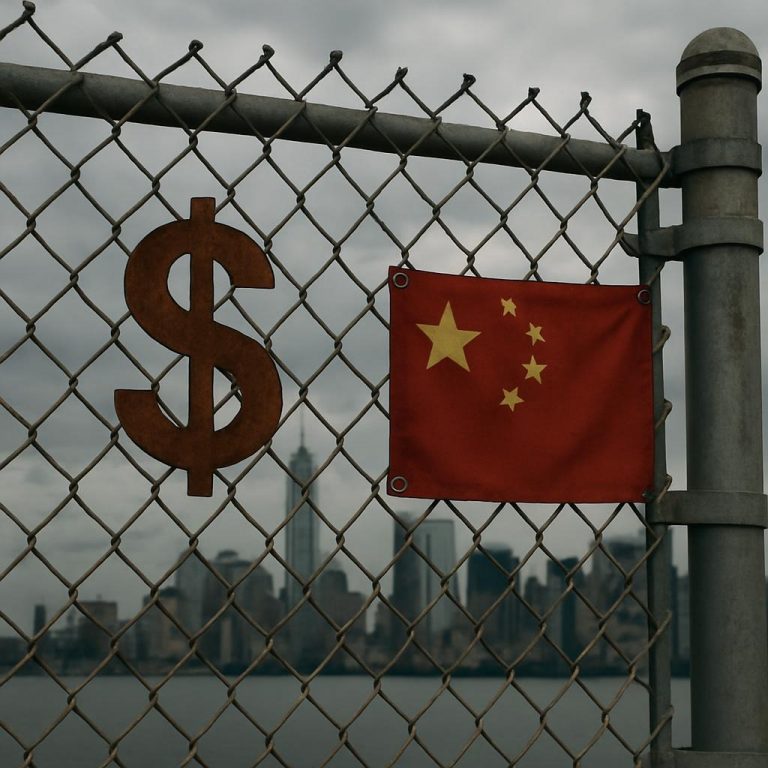
Global debt has surged to unprecedented levels, driven by post-crisis monetary policies, pandemic shocks, and geopolitical instability. This guide synthesizes key studies, statistics, and policy insights from the IMF, World Bank, and UNCTAD, along with top documentaries.
📈 1. Causes and Accumulation
- Post-2008 Surge: Low interest rates and quantitative easing led to aggressive borrowing by governments and corporations. Global debt rose by 54 percentage points of GDP between 2010–2018 World Bank Group.
- COVID-19 Impact: Emergency fiscal measures and inflationary shocks pushed global debt to 235% of GDP in 2024, totaling $251 trillion IMF The World Bank.
- Private Debt Shift: Private creditors now hold 62% of emerging markets’ external debt, up from 43% in 2000 Swiss Re.
🏥 2. Economic and Social Impacts
- Debt Service Burden:
- Developing countries paid $487 billion in external debt service in 2023 UNCTAD.
- 61 countries spent over 10% of government revenue on interest payments UNCTAD.
- UNDP warns of a “lost decade” in development due to trade-offs in health, education, and infrastructure United Nations Development Programme.
- Reduced Fiscal Space:
- US Interest Rates & Capital Flight:
- Fed hikes trigger capital outflows, currency depreciation, and higher bond yields in EMDEs World Bank Blogs Econofact.
- Debt Trap & FX Risk:
- Foreign currency-denominated debt becomes unsustainable when local currencies devalue, increasing repayment costs IMF Asian Development Bank.
🔮 3. Outlook and Risks
- IMF Forecasts:
- Global public debt to reach 99.6% of GDP by 2030; could exceed 117% in adverse scenarios USA Today Investing.com.
- Fiscal deficits projected to average 5.1% of GDP in 2025 USA Today.
- Geopolitical Risks:
- MENA countries like Egypt, Tunisia, and Lebanon face rising debt and political instability IMF Economic Research Forum (ERF).
- Debt crises can trigger social unrest and weaken regional resilience European Central Bank.
- Barrier to Progress:
- High debt crowds out investment, raises borrowing costs, and limits growth. IMF warns of systemic risks and fiscal fragility IMF World Bank Blogs.
- Silent Crisis:
- 28 low-rated economies face borrowing costs 20 points above global benchmarks. Their small GDP share (5%) leads to global neglect World Bank Blogs finformed.org.
🛠️ 4. Management and Solutions
- World Bank Mechanisms:
- Proactive restructuring, creditor coordination, and medium-term fiscal reform are essential World Bank Group Open Knowledge Repository.
- Delays in restructuring deepen poverty and prolong recovery IMF.
- Role of China & Private Creditors:
- China holds 51% of Zambia’s debt and plays a pivotal role in bilateral relief. Coordination with private creditors is key to equitable restructuring Springer The German Marshall Fund of the United States.
🎬 Top Documentaries on Global Debt
| Title | Focus | Source |
|---|---|---|
| Global Debt Crisis: The World on the Brink | Debt explosion post-COVID | YouTube |
| Debt Machine (Al Jazeera) | Sovereign debt history and Eurozone crisis | Al Jazeera |
| Inside Job | 2008 crisis and regulatory failure | Ranker |
| The Big Short | Housing bubble and systemic risk | IMDb |
- Global debt crisis 2025
- IMF debt-to-GDP forecast
- Sovereign debt restructuring World Bank
- Debt trap emerging markets
- US interest rates and capital flight
- Public debt and fiscal space
- China role in debt relief
- MENA debt instability
- Financial catastrophe from global debt
- Documentaries on sovereign debt






